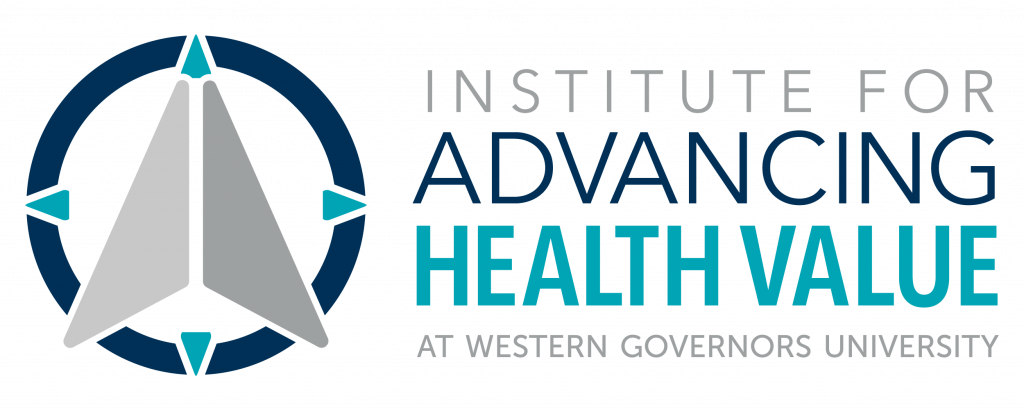Redesign Care Processes – Resource Library
- Housing, Transportation, And Food: How ACOs Seek to Improve Population Health By Addressing Nonmedical Needs Of Patients
- How America’s Largest Safety-Net Health System Built a High-Performing Medicare ACO
- Improving Population Health Management Strategies: Identifying Patients Who Are More Likely to Be Users of Avoidable Costly Care and Those More Likely to Develop a New Chronic Disease
- Medicaid Managed Care for Members with Mental Health Conditions and/or substance use disorders: Integrating Benefits and Care
- Robert Wood Johnson Foundation: ACO Evaluation
- The Opportunities and Challenges of the MSSP ACO Program: A Report from the Field
- The Transformation to Value: A Leadership Guide
- To Curb Overuse of Low-Value Health Care Services, Engage Older Patients
The following resource(s) may be of value:
- Achieving Value Through Palliative Care
- Beyond the EHR: Shifting payment models call for hospital investment in new technology areas
- Camden Group: Top-10 Characteristics of High-performing Healthcare Organizations
- Cardiac Rehab Improves Health, But Cost and Access Issues Complicate Success
- Findings from the Deloitte 2019 Health Care CEO Perspectives Study: Unique insights from industry leaders
- Leveraging Risk Stratification for Population Health Management
- The Evolving Nature of Accountable Care: Results from the 2015 ACO Survey
Health Value Atlas
Care Redesign
Redesign Care Processes
Organizational capabilities related to changing the processes of delivering care
Note: Some organizational capabilities cross over to other domains. There may also be some degree of capability overlap with Health Equity Advancement, Continuous Quality Improvement, and Health Information Technology domains.
Understand process deficiencies
Understand process deficiencies and their proximate and root causes
Eliminate waste
Identify and eliminate waste
Reduce variation
Identify and eliminate unjustified variation
Design care around patients
Design care processes around patient needs and preferences
Manage organizational change
Develop the skills and organizational discipline necessary to implement changes quickly and effectively
Identify improvement opportunities
Identify and prioritize processes to improve
Collect data
Collect medical and non-medical data
Analyze data
Extract actionable information from data
Start Over